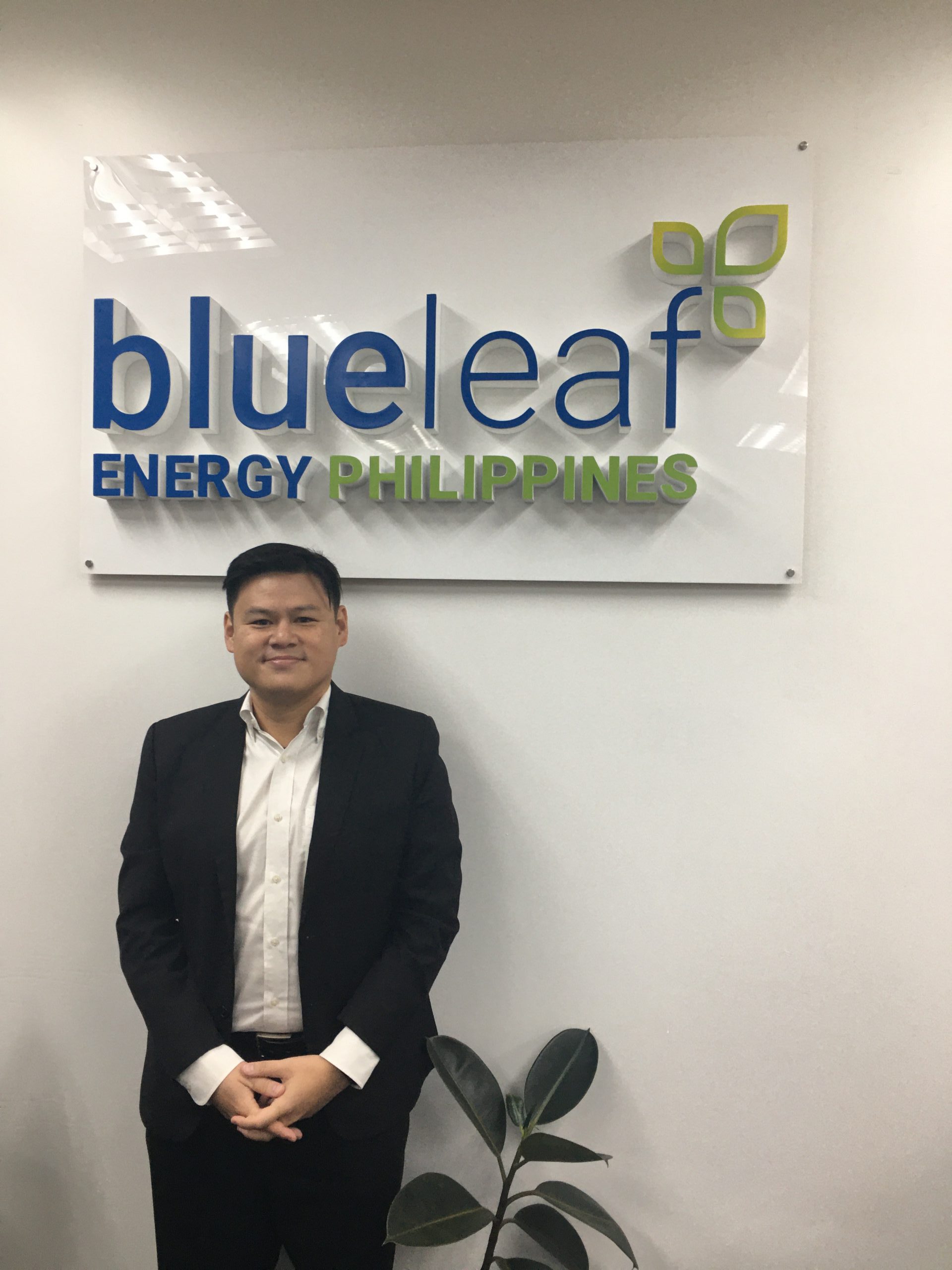Blueleaf Energy Advances Floating PV as Scalable RE Model
- April 21, 2025
- 0

In a country where renewable energy often clashes with agricultural land use, Blueleaf Energy Philippines is advancing an alternative path: floating solar. By developing solar installations on lakes and reservoirs, the company is scaling clean energy projects without displacing farms or facing the usual delays tied to land consolidation.
“For us, we wanted to make our efforts translate to bigger capacity,” said Chris Chua, Investment Director of Blueleaf Energy Philippines. “And when you say utility scale, it currently means ground mounted. And as we know in the Philippines, land availability is challenging.”
Backed by Macquarie Group, the company is advancing over 1.5GW of floating solar projects with its local development partners, including its 220 to 250 MWp NKS Solar One initiative, a joint venture with NKS Energy Utilities Inc. in Lake Caliraya and Lake Lumot in Laguna. These represent some of the largest floating solar developments in the country to date. “We build on being one of the pioneers of floating solar in the Philippines. It’s a unique space. Not a lot of developers are doing it,” Chua said.
By targeting inland water bodies instead of agricultural lands, Blueleaf is able to avoid many of the issues that have long plagued traditional solar development—such as title cleanup, aggregation, and conversion approvals.
“In the case of Caliraya, we just talk to one party—NPC (National Power Corporation). They own the lake, they gave us a lease, and then off we go,” Chua explained. “Same with Laguna Lake… although there was public bidding involved, the long-term lease agreements were eventually awarded to the winning developers which gave clear and strong possessory rights for project development to proceed.”
Blueleaf, in partnership with SunAsia Energy, is also developing a 1,300 MWp portfolio of floating solar in Laguna Lake.
In the NKS Solar One project, Blueleaf made a deliberate decision to split the project into two phases to address community concerns. “One of our host municipalities (Cavinti) weren’t comfortable giving the endorsement for Phase 2 yet because it’s on a different lake. They wanted us to engage more with the fisherfolk and make sure they’re comfortable with our plans,” Chua shared.
The company’s development framework emphasizes deep community engagement, supported by a dedicated monitoring team composed of local government units, fisherfolk, and other stakeholders. In line with global ESG standards set by its parent firm Macquarie, Blueleaf has conducted a full Environmental and Social Impact Assessment (ESIA) as well as a climate change risk analysis, going beyond local permitting requirements to proactively manage environmental and social risks.
Funding for the Caliraya and Lumot projects is structured in two stages: development is covered by equity from its shareholders, while construction will be financed through a combination of a term loan from a major local bank and equity. “We are getting a term loan facility from one of the major local banks in the Philippines,” Chua confirmed. The drawdown is targeted for May or June this year.
Blueleaf also distinguishes itself through a methodical approach to site selection, prioritizing locations with available grid capacity and infrastructure. By incorporating grid studies early in the planning process, the company has invested in projects that have successfully secured the required System Impact Studies (SIS), ensuring smoother integration into the national grid.
With a team of fewer than 40, the company has opted for focus over diversification. “We want to convert our exiting portfolio of projects and realize some operational megawatts first,” Chua said. “That’s the goal before we’ll consider developing other projects. We do not have a big organization.”
Beyond the energy output, the company is implementing social development programs—training construction workers, supporting product development for Cavinti weavers, and initiating solar installation courses for residents. “The long-term goal is to make it a community that is self-reliant and empowered through the project,” said Chua. “The plan would be upskilling them, making sure a lot of them are part of the project as much as possible,” he adds.
As the Philippines pushes for cleaner energy without undermining rural economies, Blueleaf’s floating solar strategy offers a compelling model. One that sidesteps land conflict, engages communities, and still delivers megawatt-scale results.
As floating solar gains traction in the Philippines, what lessons can the energy sector draw from early movers like Blueleaf? Share your insights and explore how this model can shape the future of utility-scale renewables. Join the conversation!